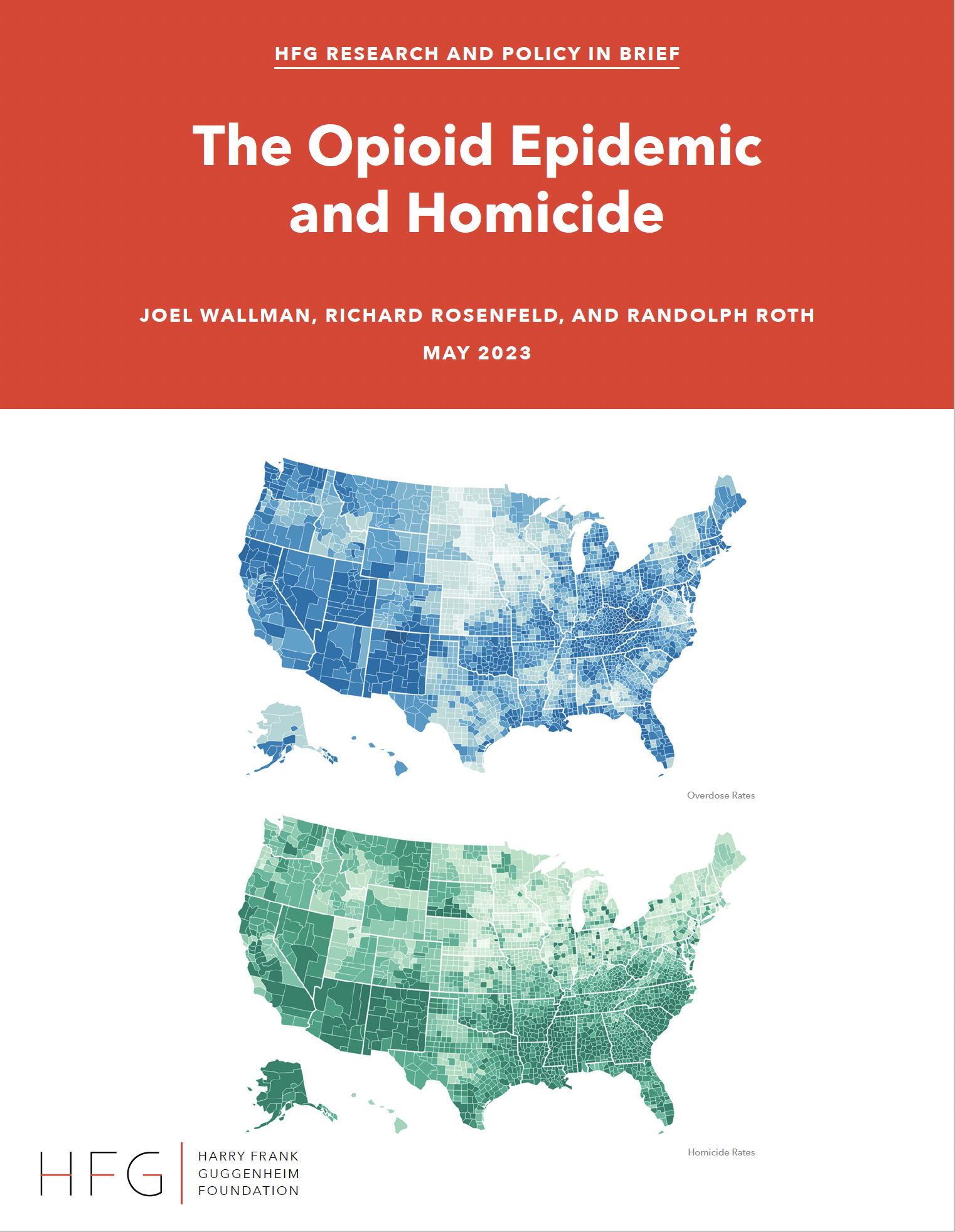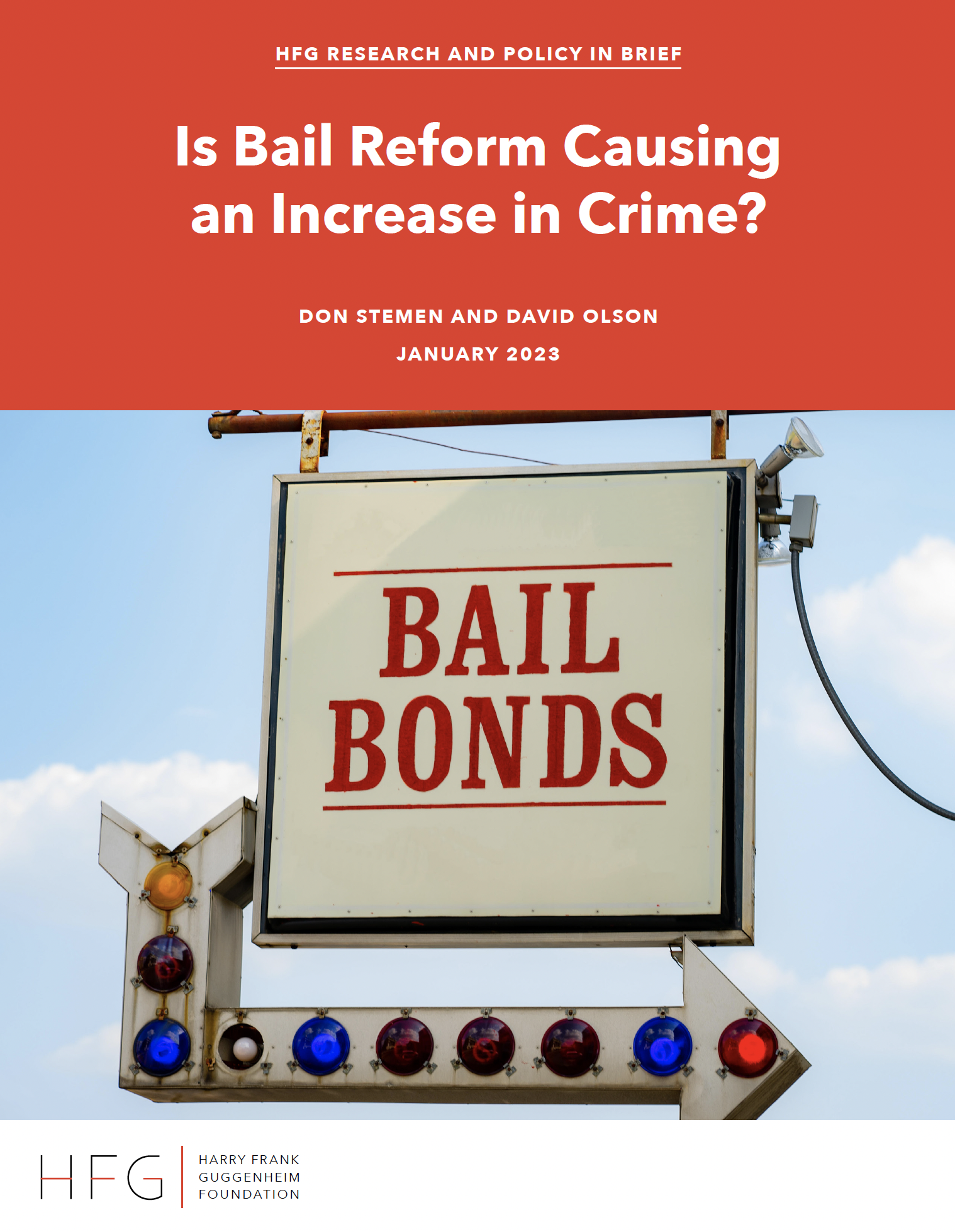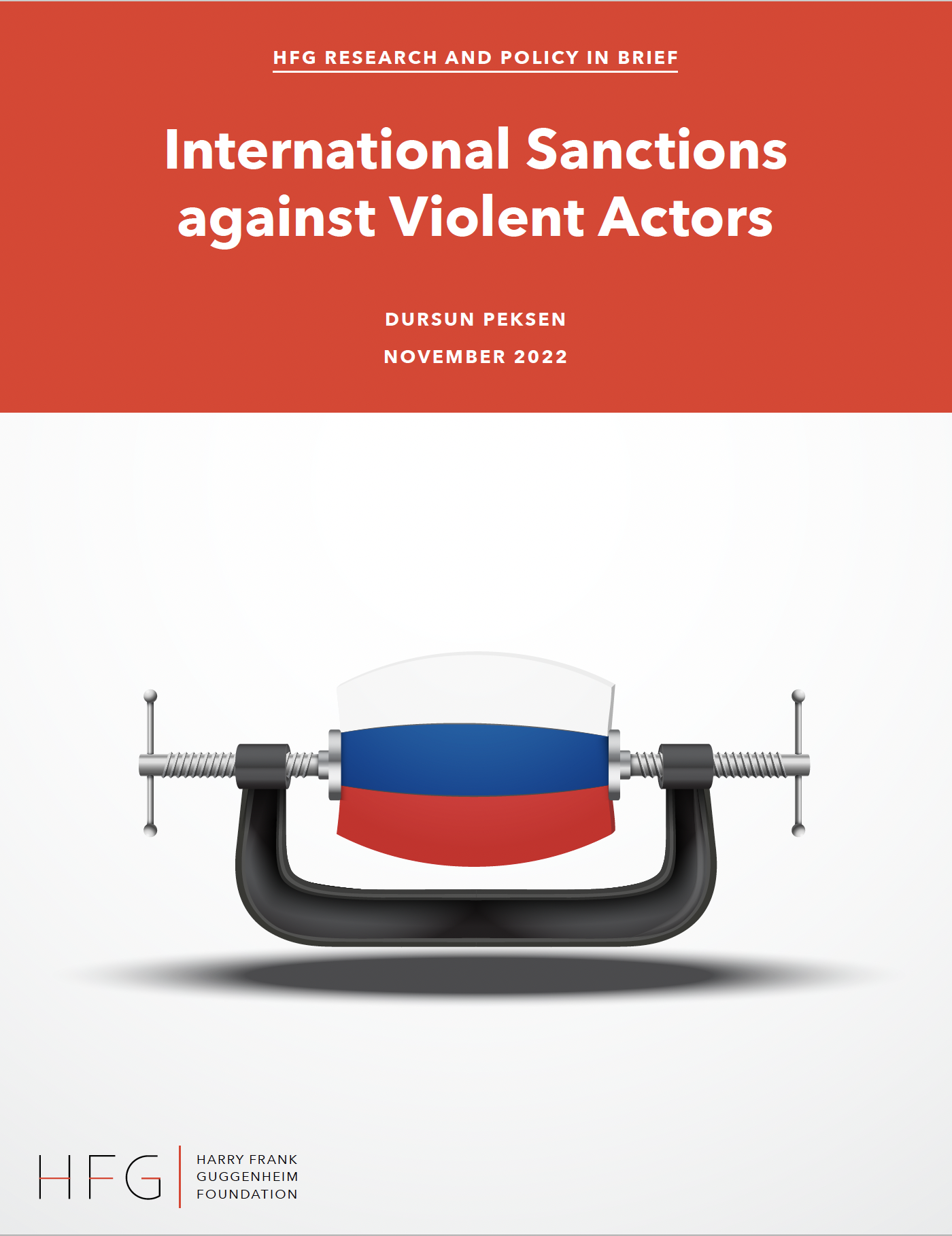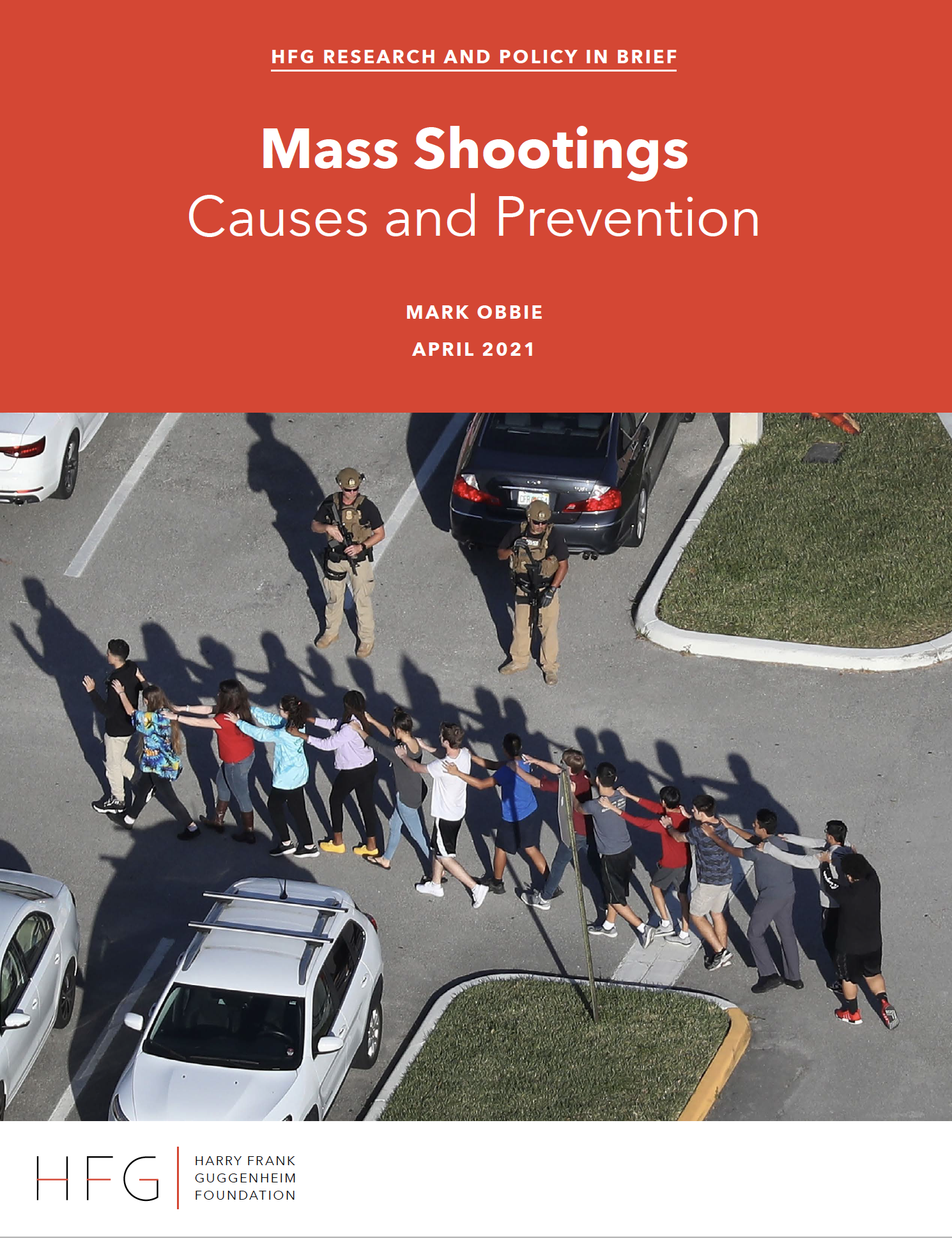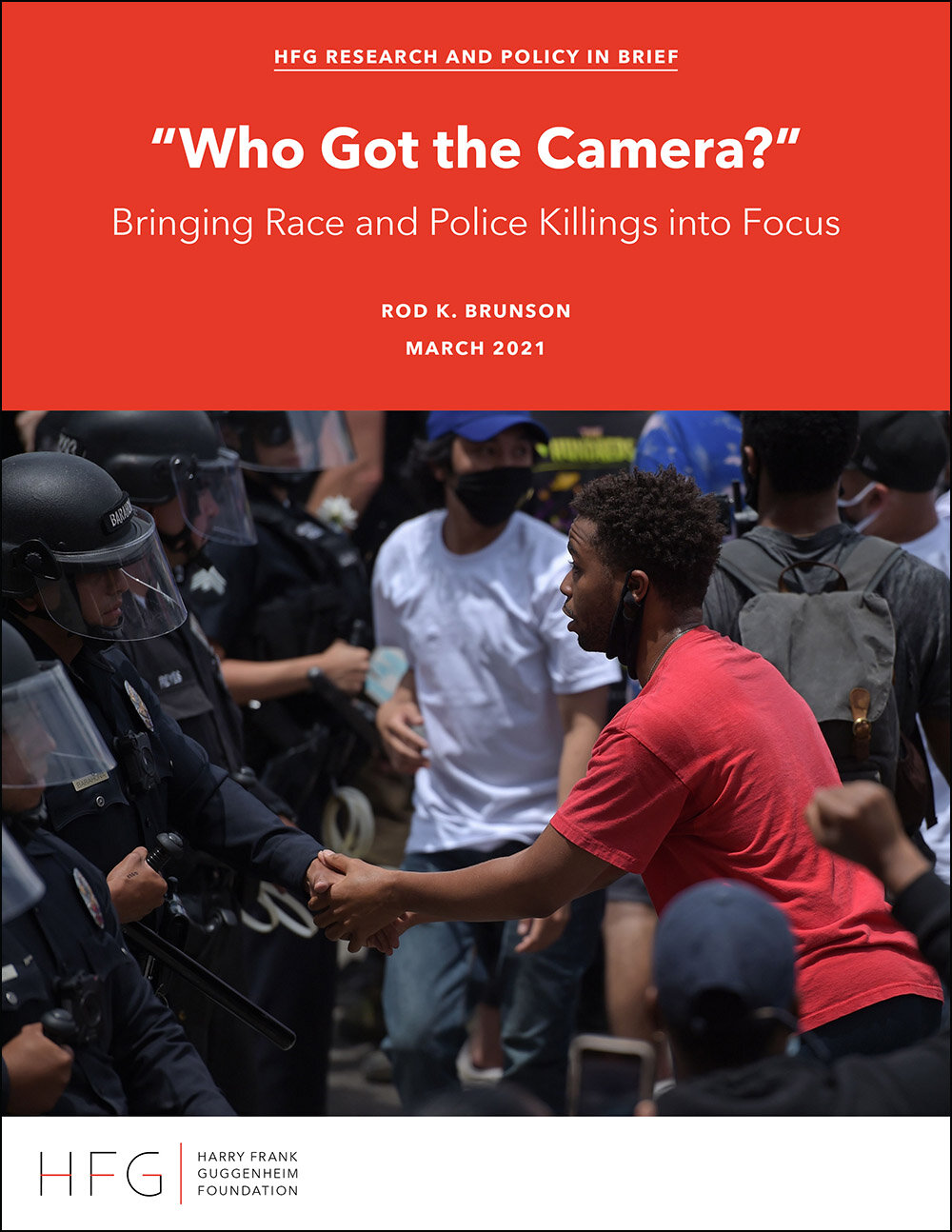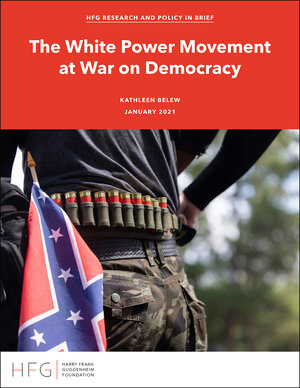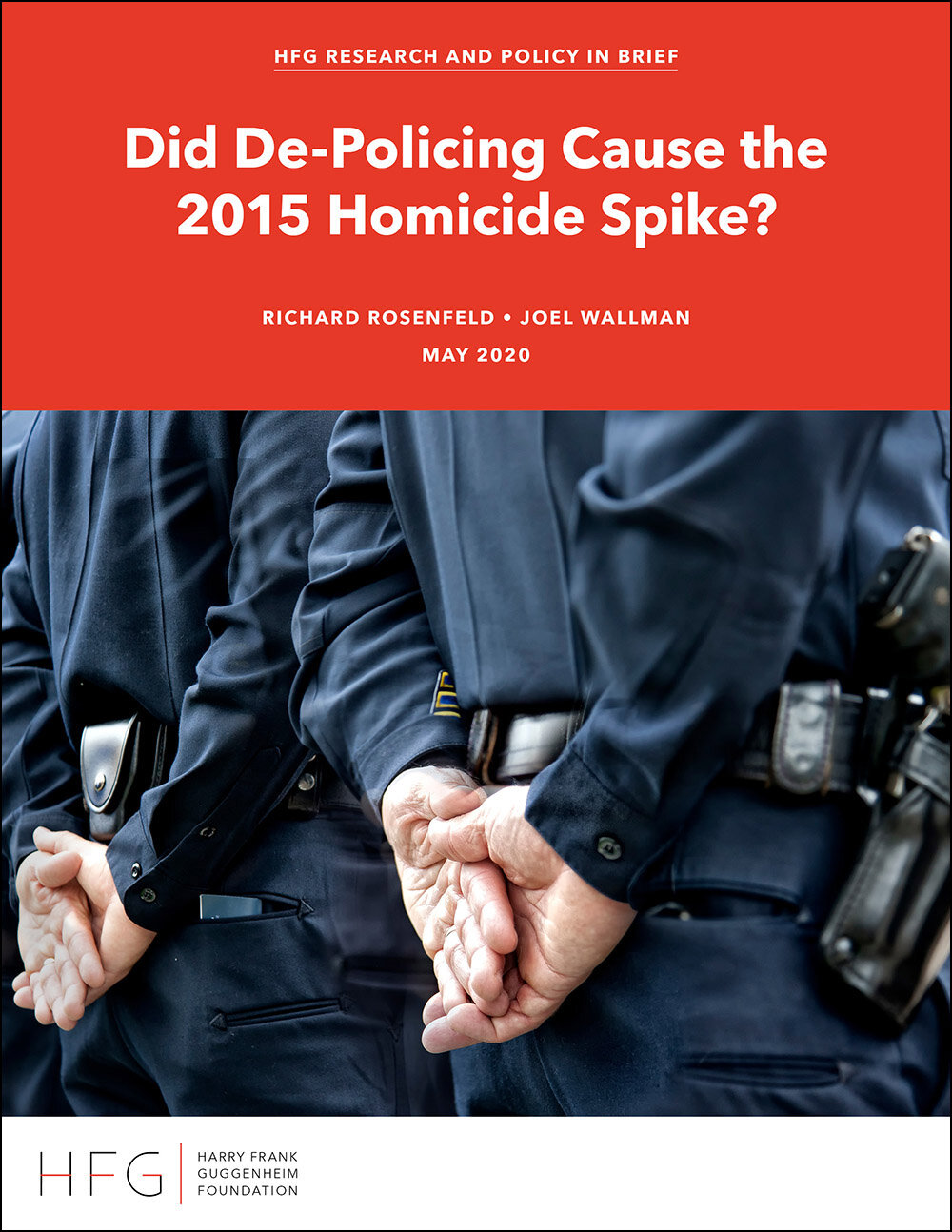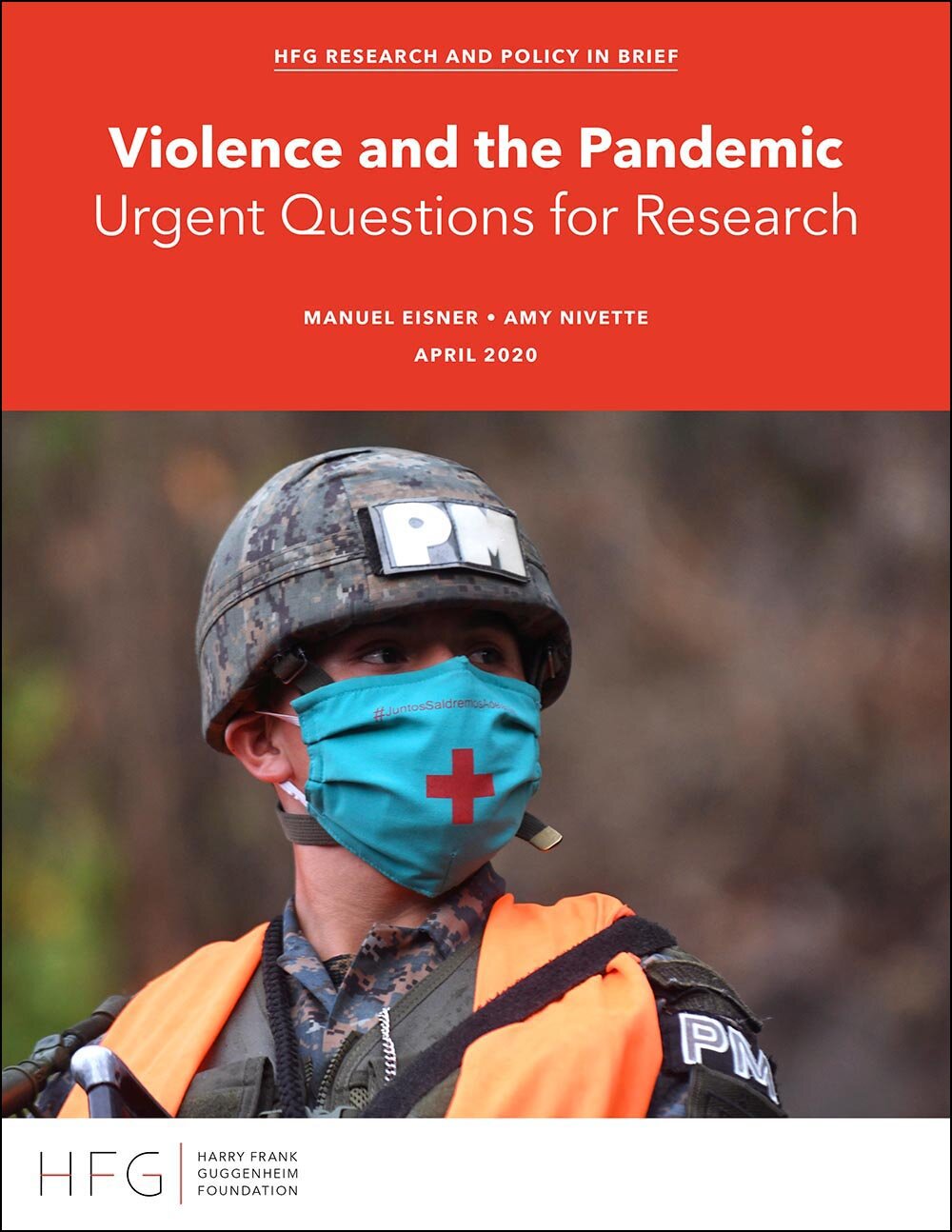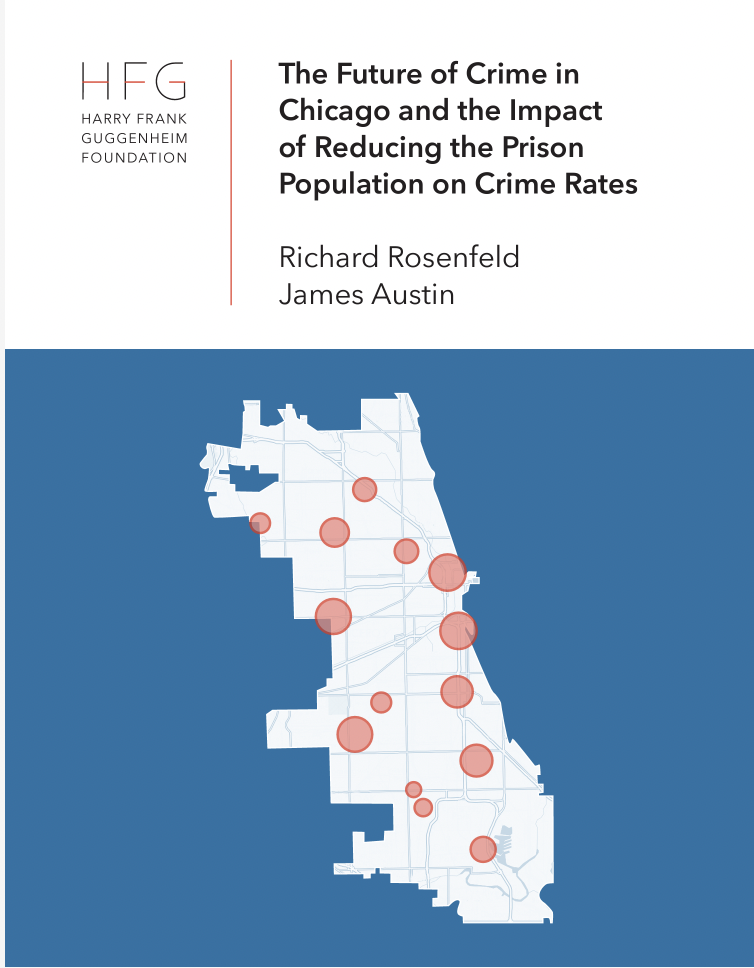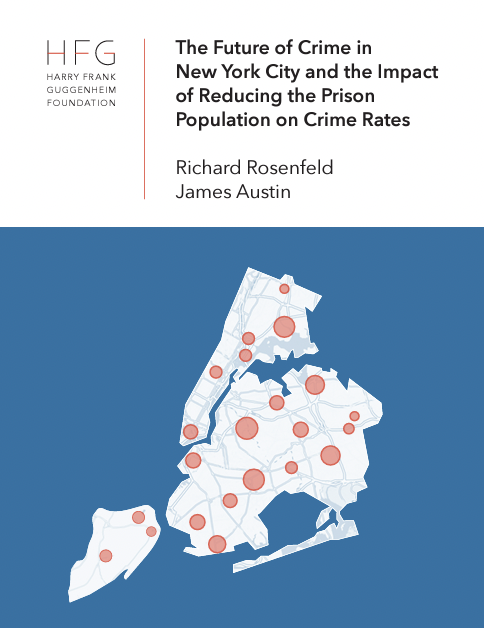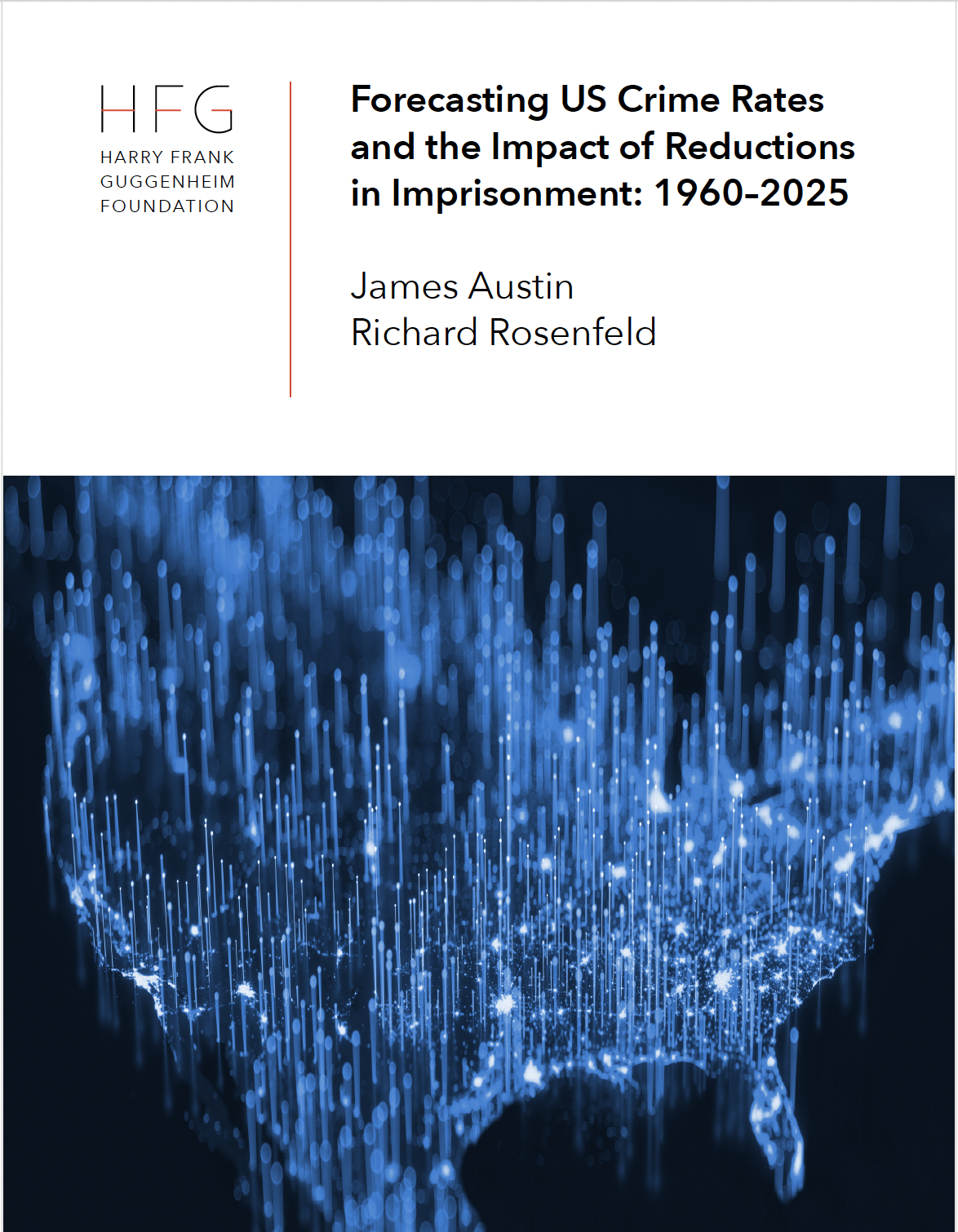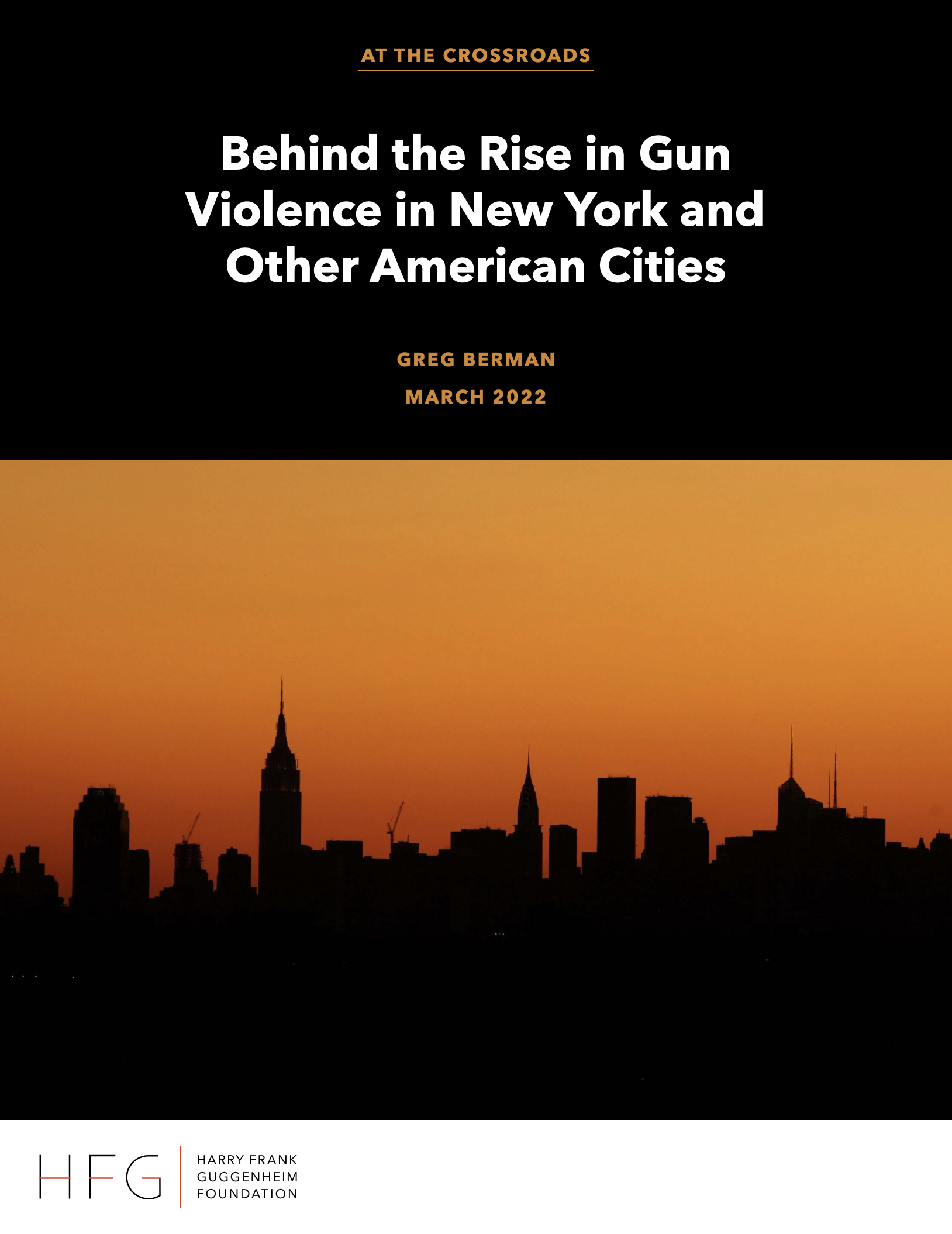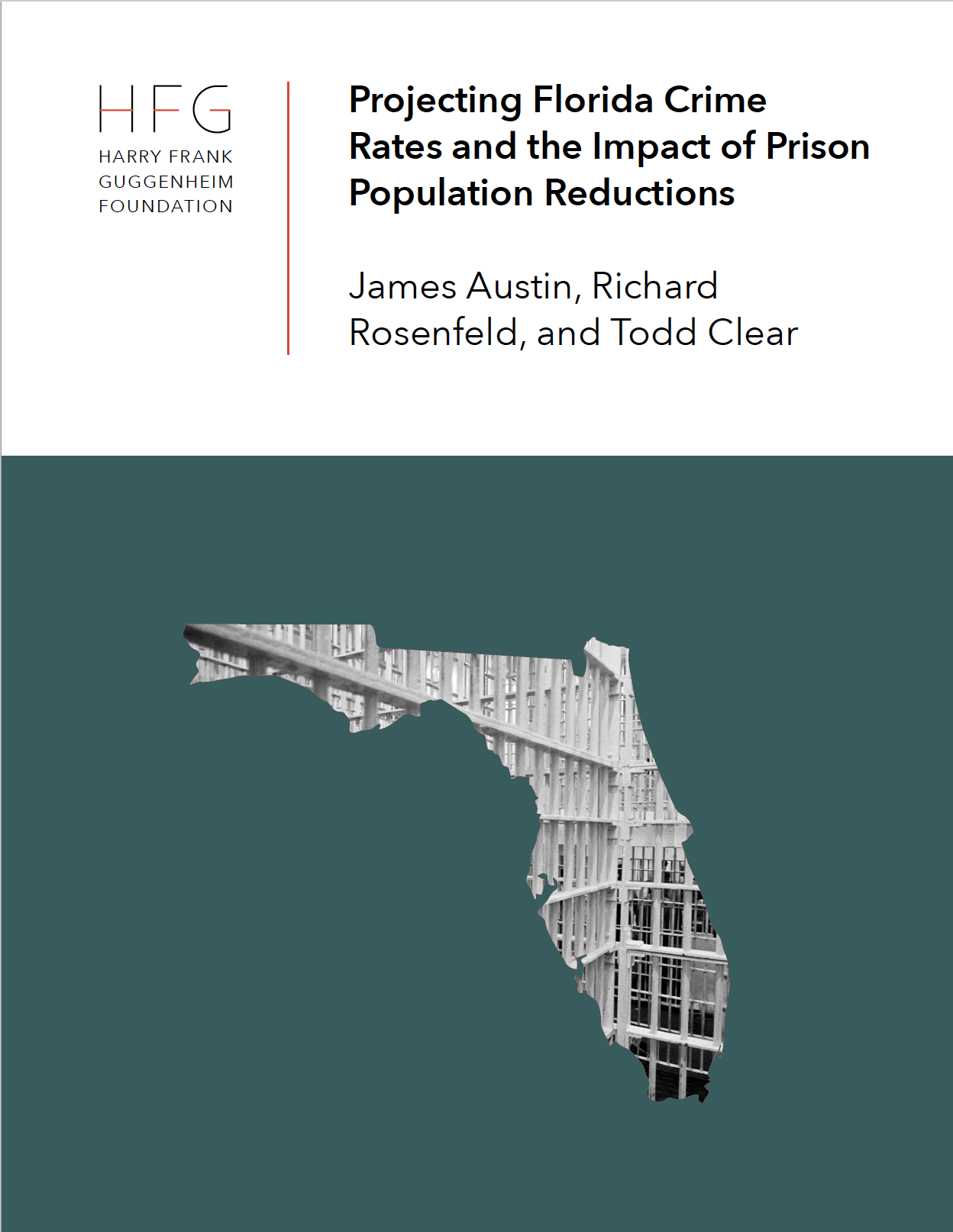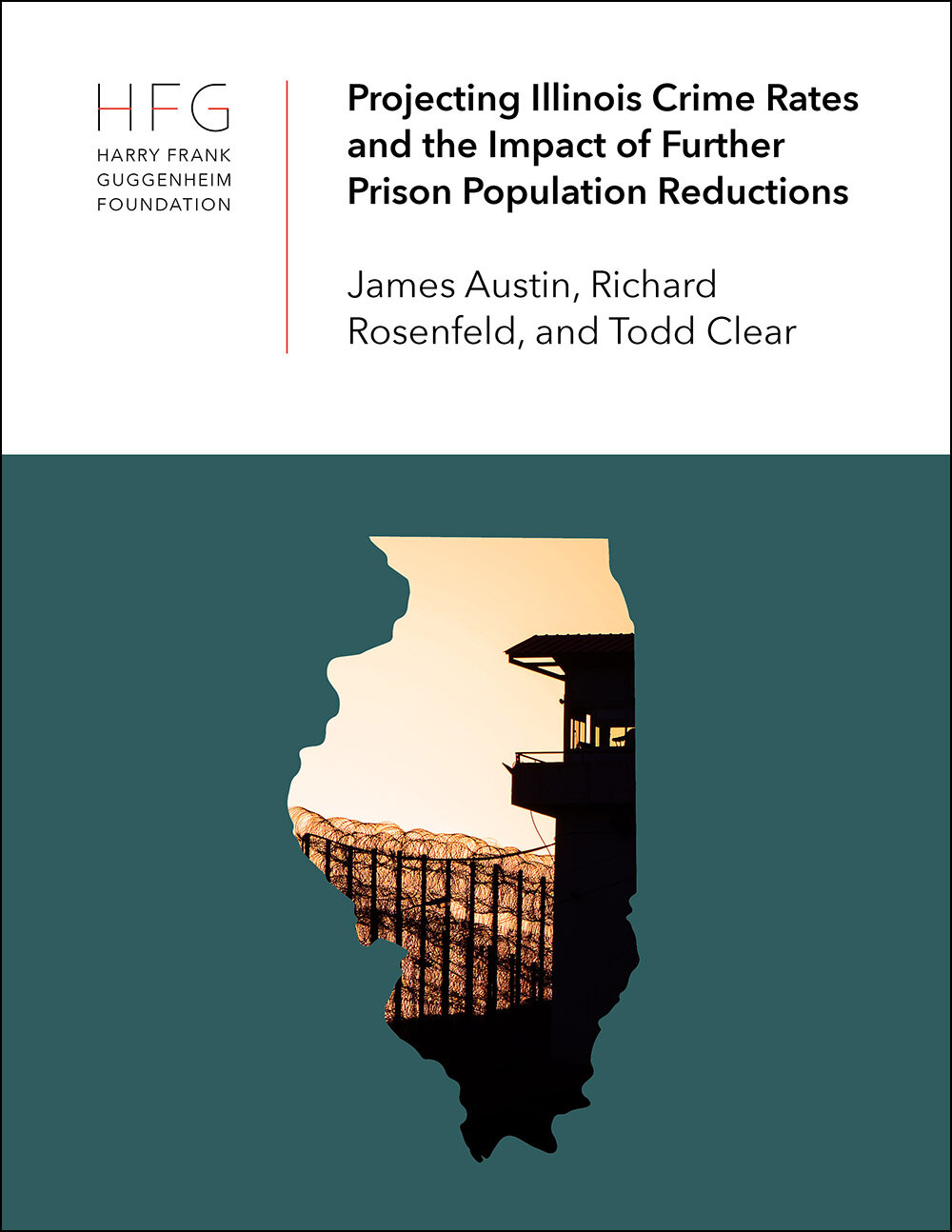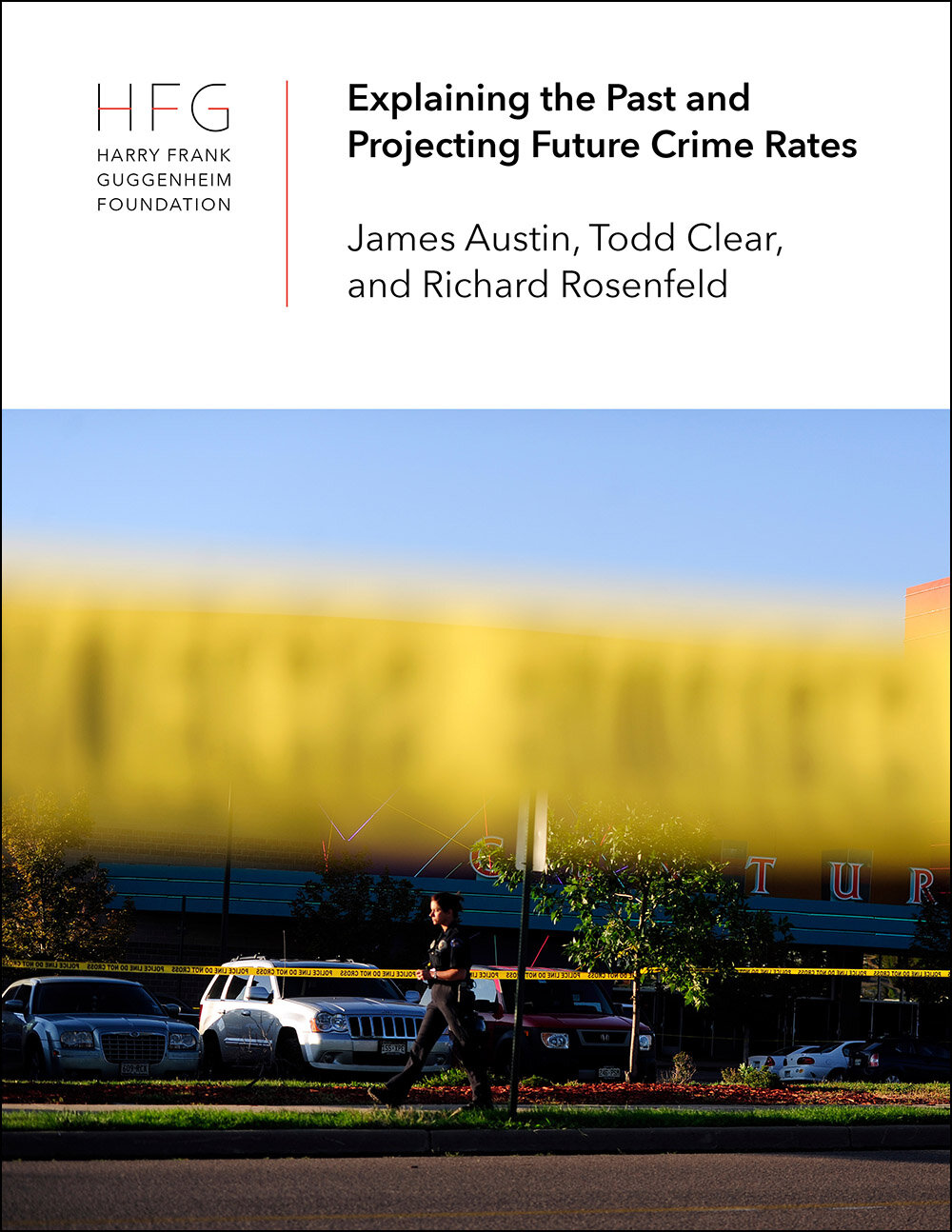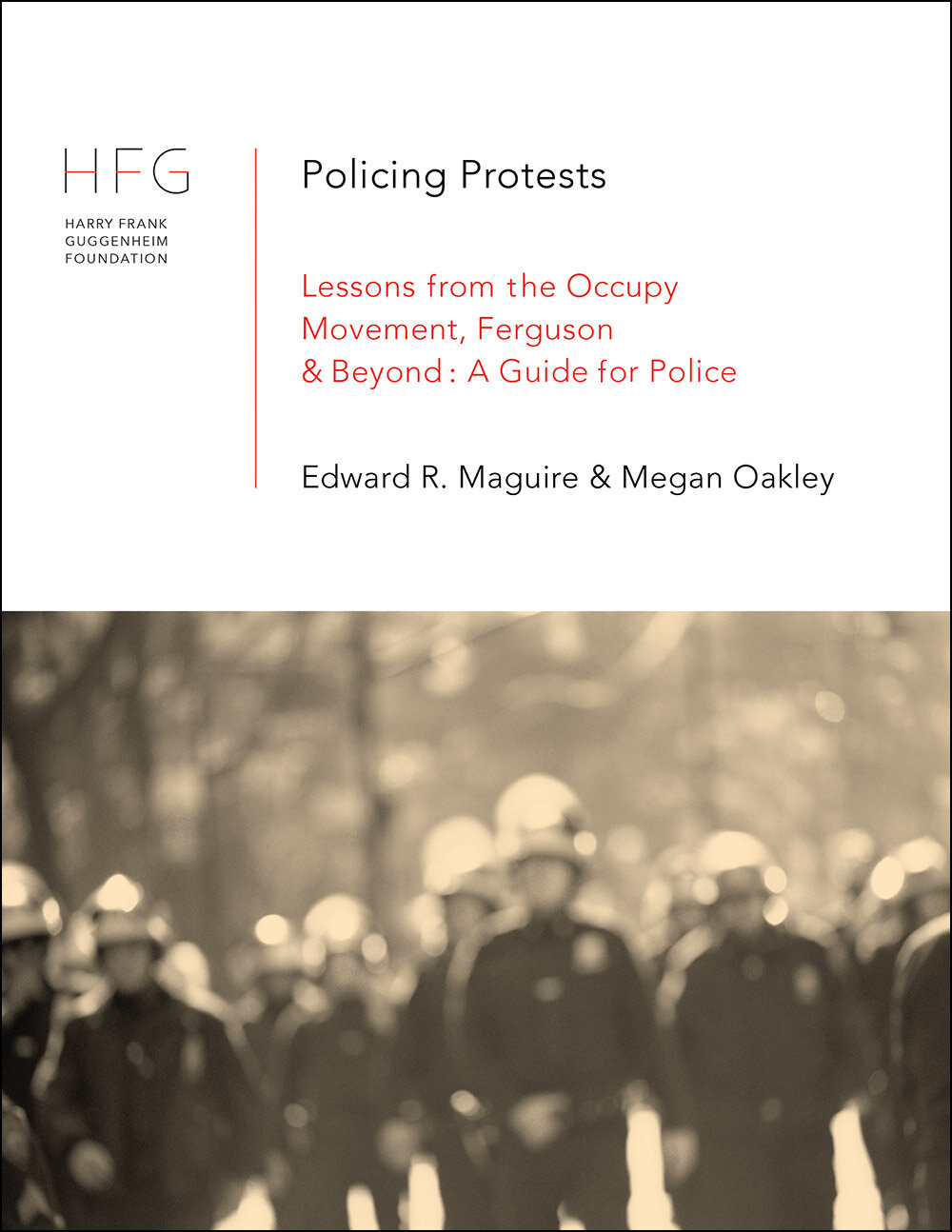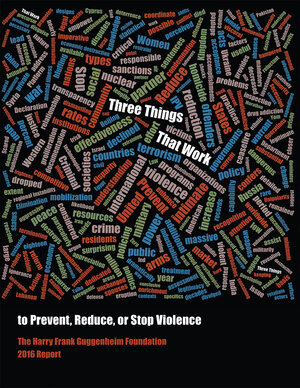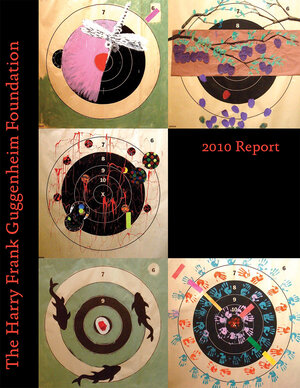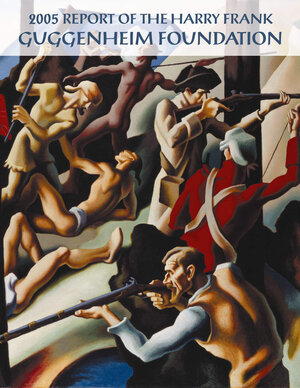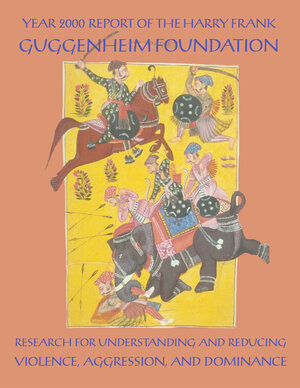Publications
HFG Research and Policy in Brief
The Opioid Epidemic and Homicide
In The Opioid Epidemic and Homicide, criminologists Joel Wallman, Richard Rosenfeld, and Randolph Roth find a “substantial association” between opioid overdose deaths and homicide, with variations by race and geography.
Is Bail Reform Causing an Increase in Crime?
In Is Bail Reform Causing an Increase in Crime?, criminologists Don Stemen and David Olson examine crime rates in eleven states and cities that adopted bail reforms, finding “no clear or obvious pattern” connecting bail reform to changes in violent crime rates.
International Sanctions against Violent Actors
In International Sanctions against Violent Actors, Dursun Peksen observes that international sanctions rarely operate on the ground as their proponents intend. They succeed in only about 30 percent of cases and often prompt harsh treatment of a targeted state’s citizens.
Mass Shootings: Causes and Prevention
In Mass Shootings: Causes and Prevention, criminal justice journalist Mark Obbie summarizes key findings from leading research on mass shootings. This synthesis presents 15 policy recommendations that if implemented could reduce the occurrence and fatality of mass shootings in the U.S.
“Who Got the Camera?” Bringing Race and Police Killings into Focus
In “Who Got the Camera?,” Rod Brunson, the Thomas P. O’Neill Jr. Professor of Public Life in the School of Criminology and Criminal Justice at Northeastern University, summarizes a body of research, including his own key studies, that is crucial for understanding the problem of police killings of Black Americans.
The White Power Movement at War on Democracy
In The White Power Movement at War on Democracy, University of Chicago historian Kathleen Belew traces the origins of the white power movement and connects its most violent manifestations—from the bombing of the Oklahoma City federal building in 1995 to the 2021 siege of the U.S. Capitol—as part of a global, distributed effort to assert and maintain white dominance.
Did De-Policing Cause the 2015 Homicide Spike?
Did a reduction in policing following the 2014 killing of Michael Brown, a Black man, by police in Ferguson, Missouri, and similar incidents in other cities drive an increase in homicides? Criminologist Richard Rosenfeld and HFG Director of Research Joel Wallman studied arrest rates in 53 U.S. cities and found no evidence for a “Ferguson Effect” that would link the homicide spike to de-policing following police killings of Black citizens.
Violence and the Pandemic: Urgent Questions for Research
Has the COVID-19 crisis increased or decreased overall levels of violence? Preliminary evidence suggests that the pandemic is driving an increase in domestic violence, hate crimes, and social unrest patterns that will take some time to discern. Authors Manuel Eisner and Amy Nivette identify key research topics and questions to explore how the pandemic has affected violence levels in the U.S. and abroad.
HFG Reports
Government Legitimacy, Social Solidarity, and American Homicide in Historical Perspective
In Government Legitimacy, Social Solidarity, and American Homicide in Historical Perspective, Randolph Roth, professor of history and sociology at The Ohio State University, argues that shifts in citizens’ beliefs about the legitimacy of their government and the character of political leadership, feelings of affinity for — or alienation from — fellow citizens, and acceptance or resentment of their place in the social order affect the frequency with which Americans kill each other.
The Future of Crime in Chicago and the Impact of Reducing the Prison Population on Crime Rates
This report examines the effects of a small set of factors on violent and property crime rates in Chicago. The authors used a statistical model to forecast crime rates through 2025. Both violent and property crime are forecast to drop through 2025. In addition, the report finds that were Illinois to reduce its imprisonment rate by 25%, the effect on Chicago’s rate of violent crime would be negligible. No association was found between imprisonment rates and property crime.
The Future of Crime in New York City and the Impact of Reducing the Prison Population on Crime Rates
The authors of this report created statistical models to forecast violent and property crime rates in New York City through 2026. The forecast for violent crime is a slight decrease each year through 2026, while the forecast for property crime shows slight yearly increases. The projected impact on New York City’s violent crime rate of reducing the state imprisonment rate by 25% would be minimal.
The Future of Crime in Los Angeles and the Impact of Reducing the Prison Population on Crime Rates
In this report, the authors used statistical models to forecast crime trends through 2026. Violent crime is forecast to decline through 2026, while property crime is expected to rise modestly in the same period. The analysis also finds that if California imprisonment rates were reduced by 20%, the effect on crime in Los Angeles would be minimal.
Forecasting US Crime Rates and the Impact of Reductions in Imprisonment: 1960-2025
In this report, authors James Austin and Richard Rosenfeld forecast very modest increases in violent crime and then a flattening trend by 2025 as well as a continuation of the longstanding decline in property crime. They use their forecasting models to project the effect of decreasing the nation’s declining rate of imprisonment by an additional 20%. Such a policy decision, they conclude, would not lead to significantly higher crime rates.
At the Crossroads: Behind the Rise in Gun Violence in New York and Other American Cities
HFG’s ‘At the Crossroads’ series concludes with the publication of “Behind the Rise in Gun Violence in New York and Other American Cities,” a compilation of the twelve interviews conducted by Harry Frank Guggenheim Distinguished Fellow of Practice Greg Berman with an essay illuminating common themes and practical approaches to ending such violence.
Projecting Florida Crime Rates and the Impact of Prison Population Reductions
Florida has benefited from the national drop in crime that began in the early 1990s. Its growth in incarceration also paralleled the steady national imprisonment rise of the last forty-five years. Policy makers would benefit from defensible projections of future trends in crime, and especially from estimates of the effect that further reductions in the number of people in jail and prison might have on those trends. The authors of this study developed quantitative models of the effects of various demographic and economic factors, as well as the imprisonment rate, on Florida’s past crime rates. They then used these models to project crime trends into the 2020s.
Projecting Illinois Crime Rates and the Impact of Further Prison Population Reductions
Illinois is one of several states where prison populations are declining. As state policymakers, prosecutors, and courts consider alternatives to incarceration, what is the risk to public safety? The authors of this study conclude that Illinois crime rates, which have been on the decline since the 1990s, will continue to decline in a fluctuating pattern, with moderate year-to-year changes. This will be true even if Illinois reduces its prison population by an additional 25%.
Explaining the Past and Projecting Future Crime Rates
The American public, like citizens elsewhere, care about current and future levels of crime and the factors that drive them. Policymakers, who can greatly influence such factors, often lack knowledge from careful studies on the causes and control of crime to guide their decisions. HFG commissioned three leading criminologists to address this deficit by developing a predictive model of national violent and property crime rates. Applying the model, they find that crime is projected to decrease in the U.S. over the next five years.
Policing Protests: Lessons from The Occupy Movement, Ferguson and Beyond
As recent history shows, police often treat peaceful protests as if they are riots or fail to prevent violence with early action. Authors Edward Maguire and Megan Oakley provide a clear and authoritative summary of research on policing practices that either facilitate peaceful protests and other public order events or violate basic rights, engender resentment, and in some cases, cause injury to peaceful protesters.
From the Archive
The HFG Review
What Do Historians Have to Say About Violence?
A Political Science Perspective on Teaching about Violence
Some Things Psychologists Think They Know About Aggression and Violence
Serotonin and Impulsive Aggression: Not So Fast
Alcohol: The Aggression Elixir?
Creating the Illusion of Impending Death: Armed Robbers in Action
Special Publications
2016 Report of The Harry Frank Guggenheim Foundation
Three Things That Work to Prevent, Reduce, or Stop Violence
2010 Report of The Harry Frank Guggenheim Foundation
Meet grantees studying violence, women and HIV in Tanzania, and post-war Liberian expatriates in the U.S
2005 Report of The Harry Frank Guggenheim Foundation
Between 2000 and 2005, HFG hosted more than 15 research gatherings examining topics in violence across the globe.
2000 Report of The Harry Frank Guggenheim Foundation
Research for Understanding and Reducing Violence, Aggression, and Dominance
Conference Reports
Imagining the Next War
This conference brought together members of the military and intelligence communities, academics, and think-tank researchers to consider the nature and consequences of U.S. military conflicts past, present, and future.

